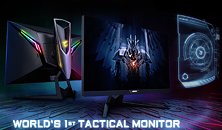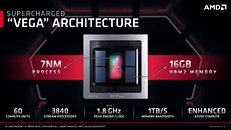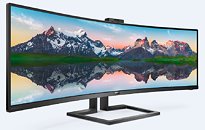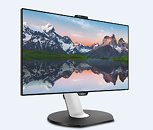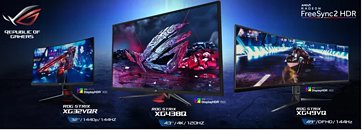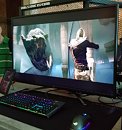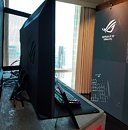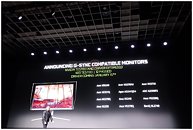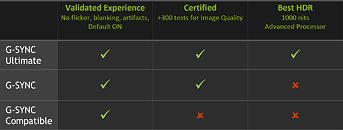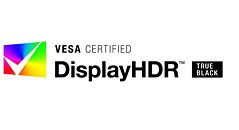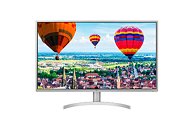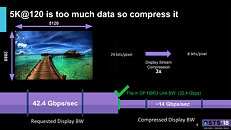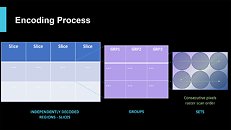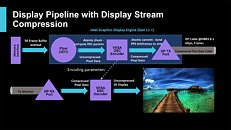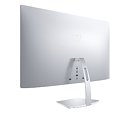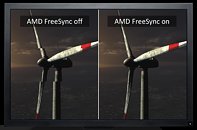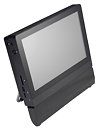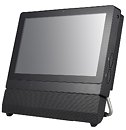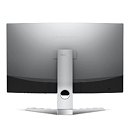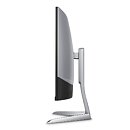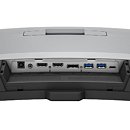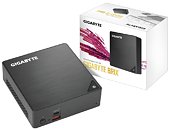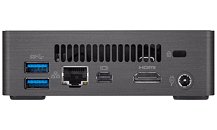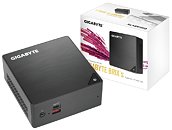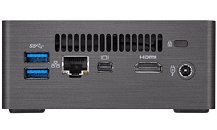
GIGABYTE Announces Availability of AORUS AD27QD Tactical Gaming Monitor
GIGABYTE TECHNOLOGY Co. Ltd, a leading manufacturer of motherboards and graphics cards, has launched the world's first tactical gaming monitor, AORUS AD27QD, today. Heading into a new market, AORUS is well prepared and confident that the exclusive features on the monitor can give gamers a tactical advantage over their enemies while gaming. AORUS AD27QD is a 27inch flat screen frameless monitor.
It uses an IPS panel with QHD (2560x1440, 2K) resolution and a 144Hz refresh rate in 1ms (MPRT) response time. Not only is the view angle up to 178 degrees, it also meets 95% DCI-P3 standards along with 10bits color, so the monitor can provide users astonishingly beautiful pictures. On top of that, the monitor has passed VESA certified DisplayHDR 400 standards which gives users spectacular display quality; With AMD Radeon FreeSync technology, the monitor can provide the most fluent gaming experience to let you enjoy your gaming without picture stripping.
It uses an IPS panel with QHD (2560x1440, 2K) resolution and a 144Hz refresh rate in 1ms (MPRT) response time. Not only is the view angle up to 178 degrees, it also meets 95% DCI-P3 standards along with 10bits color, so the monitor can provide users astonishingly beautiful pictures. On top of that, the monitor has passed VESA certified DisplayHDR 400 standards which gives users spectacular display quality; With AMD Radeon FreeSync technology, the monitor can provide the most fluent gaming experience to let you enjoy your gaming without picture stripping.
